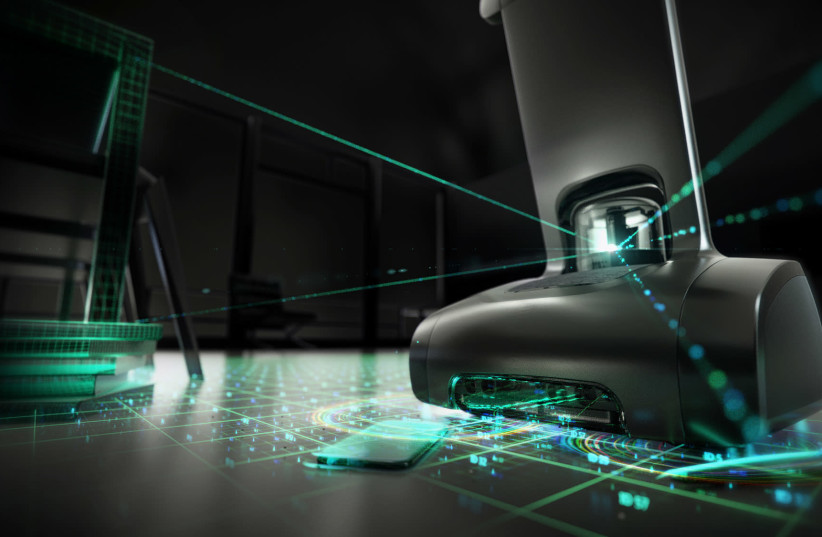I am very excited to announce that the TED talk I recently gave in Vancouver at "The Future You" event will be released on December 14, 2017! My talk "Winning the War Against Superbugs" is centered around the continuing work and future possibilities stemming from our Far UVC project.
A new weapon in the fight against superbugs | David Brenner
We are decidedly losing the war against superbugs, with a projected annual death toll by 2050 of 10 million people every year, and I would like to stop that.
As I see it, radiation is very much a two-edged sword - used in the right way it has revolutionized modern medicine - such as through CT scans and as a cure for many cancers, but radiation used in the wrong way can be harmful. To maximize the benefits of the many different types of radiation, we need to understand exactly how they affect us - from our DNA to the whole person.
Over the past 6 years we have applied this idea in working towards a safe way to kill drug-resistant bacteria such as MRSA, as well as airborne viruses such as influenza, using a unique type of ultra-violet light.
In brief, it is pure physics - 222 nm light is safe for us because it cannot even penetrate through the dead-cell layer on the surface of our skin or the tear layer on the surface of our eyes - but because bacteria and viruses are physically very small, 222 nm light does have enough penetration to efficiently kill them.
I envision a wide range of applications for this new weapon in the war against superbugs, such as in schools to prevent the spread of influenza, in shelters to prevent the spread of TB, or in airplanes and airports to prevent the global spreading of virus like H1N1. For more please watch the video below or click one of the links below to view our current Far UVC publications:
1. Germicidal efficacy and mammalian skin safety of 222-nm UV light
2. 207-nm UV light-a promising tool for safe low-cost reduction of surgical site infections. II. In-vivo safety studies
3. 207-nm UV light - a promising tool for safe low-cost reduction of surgical site infections. I: in vitro studies
Far-UVC Light and the Fight Against Superbugs
Ed.'s note: Wouldn't you know it? An Israeli tech firm to the rescue with robots (golem).
Source: Jerusalem Post
Robots take on coronavirus
Smart machines are being deployed to minimize contact between healthcare professionals and patients
By MAYA MARGIT/THE MEDIA LINE | FEBRUARY 24, 2020
Hundreds of robots have been deployed in hospitals, office buildings and airports around the globe as healthcare professionals and businesses turn toward innovative new ways to combat the spread of the deadly coronavirus.
Also known as COVID-19, the coronavirus has infected some 80,000 people worldwide, including at least 1,700 medical staff in China alone. Nearly 2,500 people have died from the virus so far.
In a bid to minimize person-to-person contact, artificial intelligence-powered devices equipped with thermometers and cameras are taking patients’ vitals and helping doctors diagnose people with the illness from a safe distance. Others are being used to disinfect hospital rooms and even airplanes.
One such machine is the Temi robot. Developed by an Israeli company, Temi is three feet tall and features a touchscreen, Amazon’s Alexa technology, a built-in sound system, a tray for charging phones and an autonomous navigation system that allows it to move around on its own while avoiding obstacles.
Please go to Jerusalem Post to read the entire article.

No comments:
Post a Comment
Note: Only a member of this blog may post a comment.